The Gift of South Dakota
Subscriptions to South Dakota Magazine make great gifts!
Subscribe today — 1 year (6 issues) is just $29!
Dakota's Other Dunes
Aug 20, 2013
Every year as I travel South Dakota’s roads something new surprises me. The latest example was discovering the north edge of the Nebraska Sand Hills is actually located in South Dakota. South of Martin, in Bennett County, the Sand Hills march at least seven miles across the border. When I discovered this, I looked at a topographic map and noticed the lack of roads in this region, which intrigued me. Doing more research, I stumbled across an article online that lamented the fact that hardly any photos can be found of the region in state publications or South Dakota Tourism material. Sounded like a challenge to me.
The Sand Hills eco-region is fascinating. Most of the area has never been under the farmer’s plow, mostly because no decent crops can be grown. It is just over 20,000 square miles of land that is 85% intact natural habitat. Geologists say the area used to be active sand dunes as recent as eleven hundred years ago. It is hard to imagine Sahara-like dunes in South Dakota but once you take a hike out into the hills, it is actually pretty easy to see it. The ground is soft and easy to move. The grasses and plants are not as dense as in other South Dakota grasslands, but the variety of species are surprisingly vast. It is good cattle country and many large, sprawling ranches still thrive.
Sitting on top of the vast Ogallala Aquifer, the Sand Hills boast many wetlands and small lakes throughout the rugged country. Because of this, the area has become a hugely important corridor for migrating birds. Right up against the northern edge of the Sand Hills, pretty little Lake Creek sends a healthy stream out into the picturesque valley of LaCreek National Wildlife Refuge. The US Fish and Wildlife Services maintain this important wetland area of over 5,000 acres. I spent a good amount of time traveling the refuge’s roads, hiking a few trails looking for wildlife and being surprised by brilliant wildflowers at almost every stop.
LaCreek is full of wildlife in the summer, but if birding is your thing, then the refuge is actually better visited in the spring or fall during the migratory seasons. I saw an owl, a couple eagles and a few pelicans, but these sightings are nothing compared to the numbers of birds the place hosts at migration’s high tide. Trumpeter swans are the biggest attraction — LaCreek was a key place that helped the bird’s population rebound in the United States in the early to mid-1900s. A group of cygnets (young swans) was transplanted from Montana and a new colony grew and soon thrived at LaCreek.
Although I missed the swans, I thoroughly enjoyed my two-day stay in Bennett County. The weather was hazy and humid. In the evening the setting sun resembled a molten ball of rock settling into the west. As I looked out over the wide valley and into the Sand Hills on the horizon, it struck me that this place reminded me of my visit to East Africa’s Serengeti in December 2009. I mean, there are no lions or zebras at LaCreek, but I could easily imagine a hippo or two popping out of one of the trout pools. It is funny how the mind plays tricks on you out alone under a vast South Dakota sky. Then again, there used to be real sand dunes and a desert on the southern horizon. So who am I to question South Dakota’s variety and ability to continue to surprise?
Christian Begeman grew up in Isabel and now lives in Sioux Falls. When he's not working at Midcontinent Communications he is often on the road photographing our prettiest spots around the state. Follow Begeman on his blog. To view Christian's columns featuring other unique spots in South Dakota's landscape, visit his landmarks page.


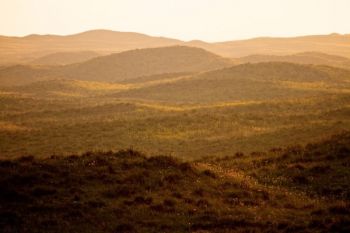
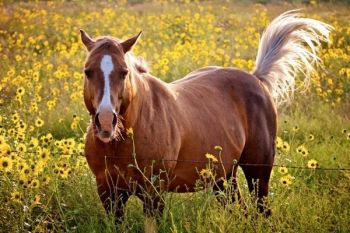
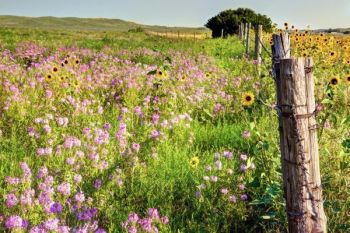
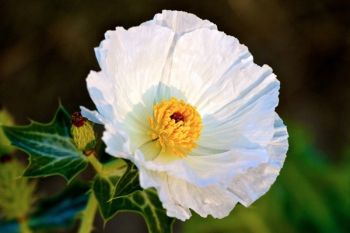
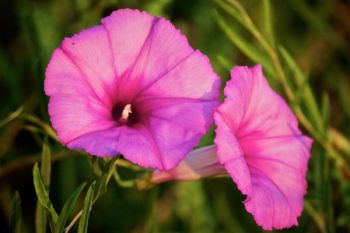
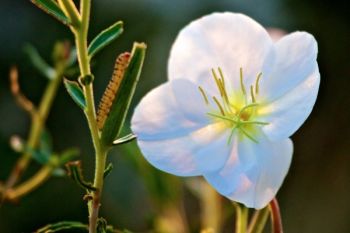
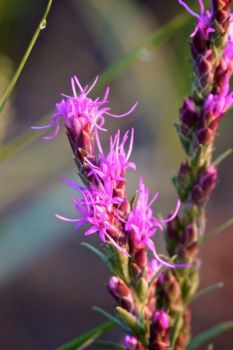
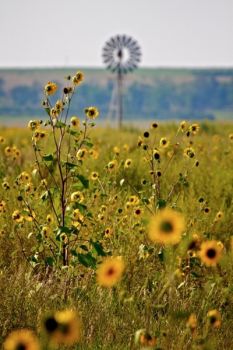
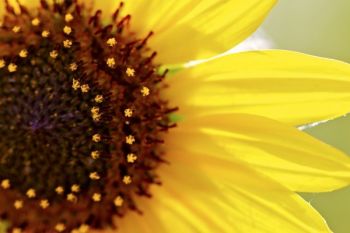
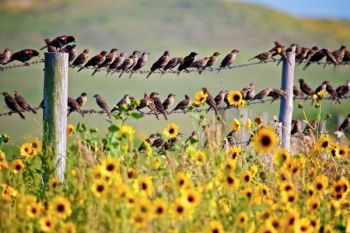
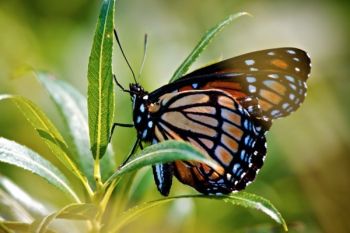
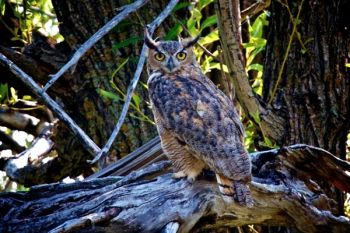
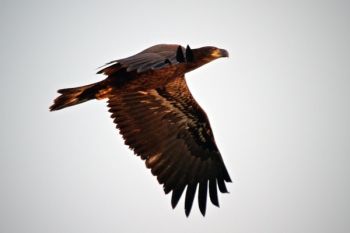
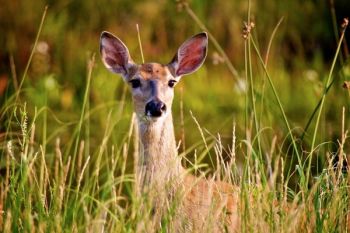

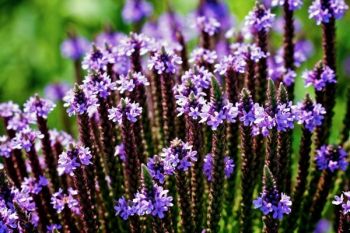
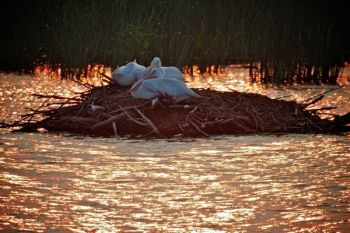
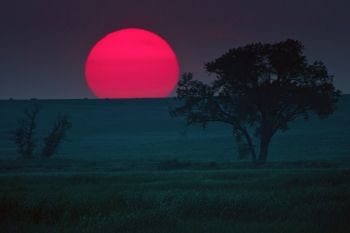
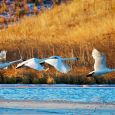
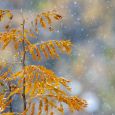
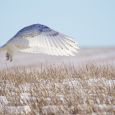
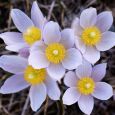
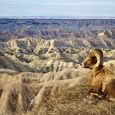
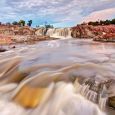


Comments